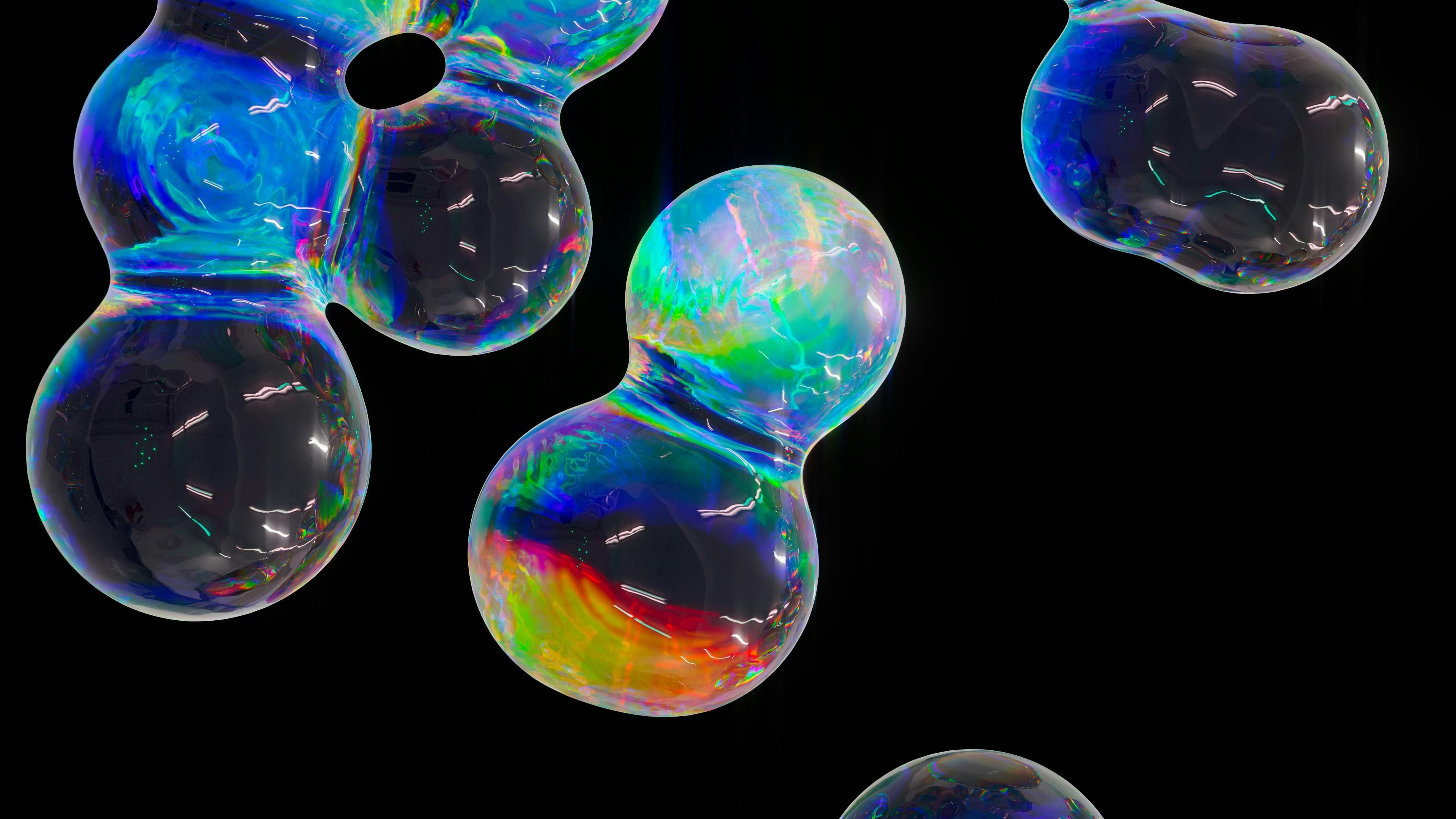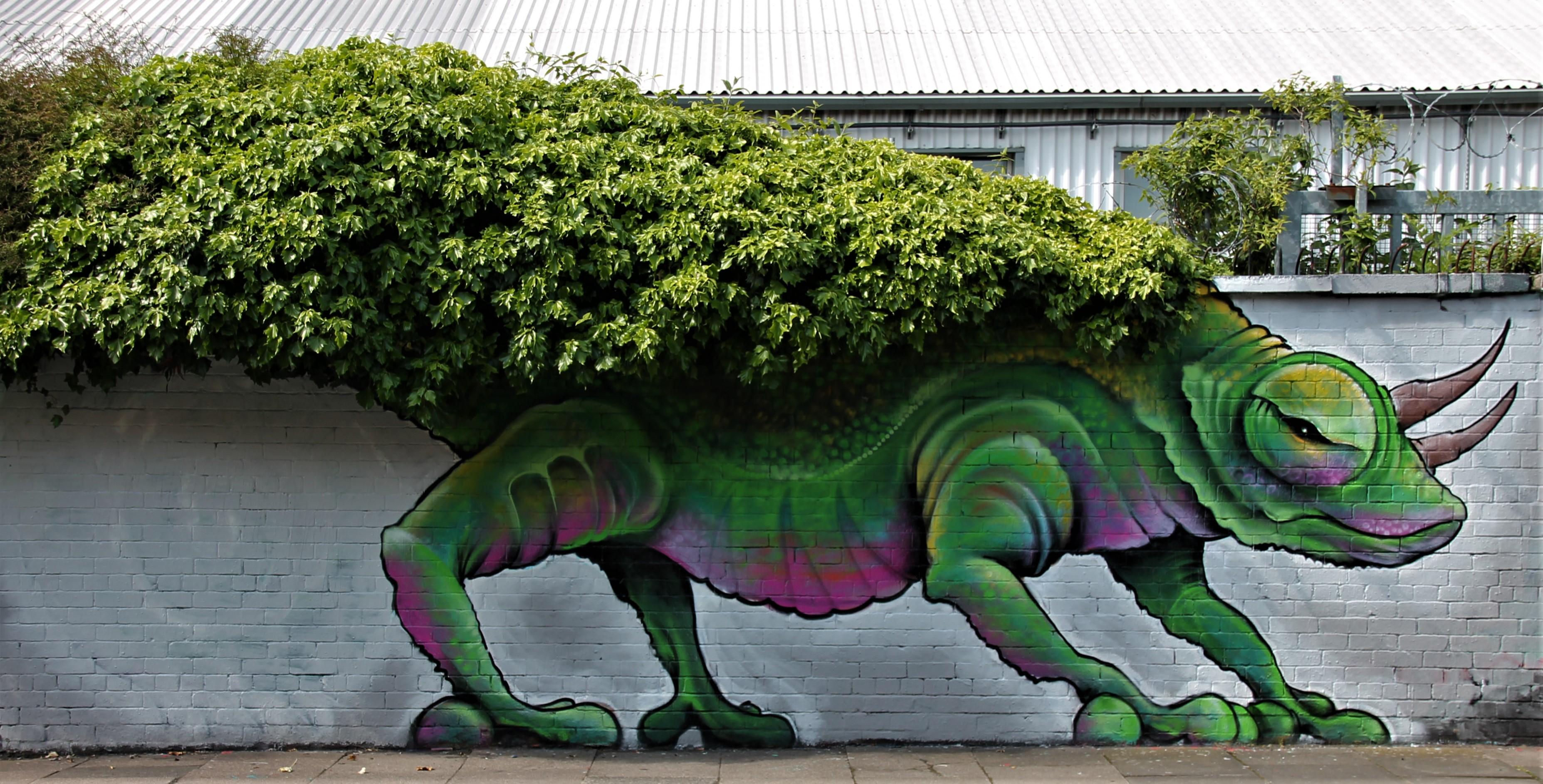Imagine standing at the edge of a serene lake, the water’s surface mirroring the tranquil sky above. You close your eyes and take a deep breath, feeling an inexplicable calm wash over you. Now, imagine this peaceful scenario is not a distant getaway but a mental sanctuary you can visit anytime, anywhere. This is the power of visualization—a potent technique that taps into the boundless capabilities of the mind to foster both mental and physical well-being. In an age where stress and anxiety are almost as common as the air we breathe, the ancient art of visualization is making a modern-day comeback, offering a lifeline to those seeking balance and harmony. This article delves into the transformative potential of visualization techniques, exploring how they can be harnessed to enhance both mental clarity and physical vitality. Welcome to a journey of the mind where imagination is not just an escape, but a powerful tool for healing and growth.
Unlocking the Minds Potential: How Visualization Enhances Mental Well-being
Visualization, often referred to as mental imagery, is a powerful tool that taps into the brain’s innate ability to create detailed images, sounds, and sensations in the mind. By vividly imagining positive outcomes and scenarios, individuals can harness the potential of their subconscious to foster mental well-being and even improve physical health. Research has shown that engaging in regular visualization practices can lead to reduced stress levels, enhanced focus, and greater emotional resilience.
Here are some key benefits of incorporating visualization techniques into your daily routine:
- Stress Reduction: Visualizing calming scenes or successful outcomes can trigger the relaxation response, reducing the production of stress hormones like cortisol.
- Improved Performance: Athletes and performers often use visualization to mentally rehearse their activities, leading to improved actual performance and confidence.
- Enhanced Healing: Imagining the body healing itself can stimulate the immune system and promote faster recovery from illnesses or injuries.
- Goal Achievement: Creating a mental image of achieving personal or professional goals can increase motivation and help maintain focus on the desired outcome.

Harnessing Imagery for Physical Health: Techniques and Benefits
Visualization techniques, often known as guided imagery, have shown profound impacts on both mental and physical well-being. By creating vivid mental images, individuals can tap into the mind-body connection to foster healing and enhance physical performance. This approach can be particularly beneficial for those recovering from injuries or managing chronic pain. Techniques such as mental rehearsal, symbolic imagery, and future self-visualization can help reduce stress, improve immune function, and increase overall resilience.
Some practical ways to incorporate visualization into your daily routine include:
- Relaxation Exercises: Visualize a serene environment, such as a beach or forest, to induce a state of calm and relaxation.
- Pain Management: Imagine the pain as a tangible object and mentally shrink it or transform it into a less distressing form.
- Healing Imagery: Picture the body healing from within, such as visualizing white blood cells repairing tissues.
- Performance Enhancement: Athletes can mentally practice their sport, visualizing each move with precision to improve actual performance.
These techniques are simple yet powerful tools that can be integrated into various aspects of life, promoting not just physical health but also a balanced and resilient mindset.

Step-by-Step Guide to Effective Visualization Practices
Embarking on the journey of visualization can be transformative when approached methodically. To maximize the benefits, begin by establishing a quiet and comfortable environment. Consistency is key; set aside a specific time each day to practice. Visualization is most effective when your mind is calm, so consider incorporating it into your morning or evening routine.
Next, engage all your senses to create a vivid mental image. Imagine not only what you see, but also what you hear, smell, and feel. This multi-sensory approach can significantly enhance the impact of your practice. Here are some tips to get started:
- Focus on your breathing: Deep, rhythmic breaths can help center your mind.
- Use detailed imagery: The more detailed your mental picture, the more effective your visualization will be.
- Incorporate positive emotions: Feel the joy, peace, or confidence as if it’s happening now.
By following these steps, you’ll be well on your way to harnessing the power of visualization for both mental and physical well-being.
Incorporating Visualization into Daily Routines for Optimal Health
Incorporating visualization into your daily routines can be a game-changer for both mental and physical health. By dedicating a few minutes each day to visualize your goals and well-being, you can create a powerful impact on your life. Here are some practical ways to weave visualization into your everyday activities:
- Morning Rituals: Start your day by visualizing a successful and productive day ahead. Imagine yourself achieving your goals and feeling accomplished.
- Exercise Sessions: Before or during workouts, visualize your muscles growing stronger and your body becoming more flexible. This mental imagery can boost your physical performance and endurance.
- Meal Times: Picture your food nourishing your body and mind. This can enhance your relationship with food and encourage healthier eating habits.
- Evening Wind-Down: As you prepare for bed, visualize a peaceful night’s sleep and a refreshed morning. This can help reduce stress and improve sleep quality.
By integrating these visualization techniques into your daily routine, you can foster a mindset of wellness and achievement, leading to enhanced mental and physical health.





